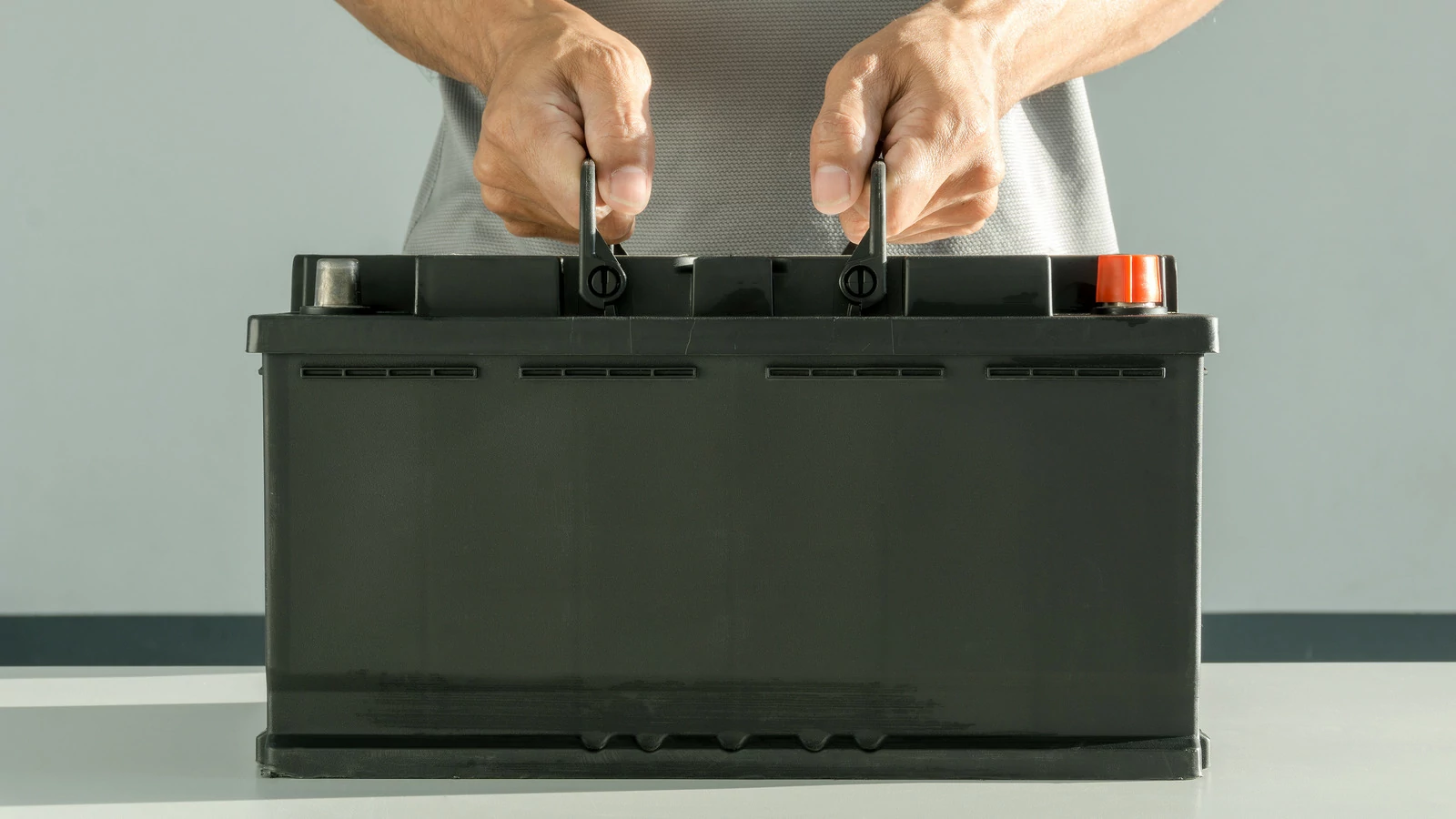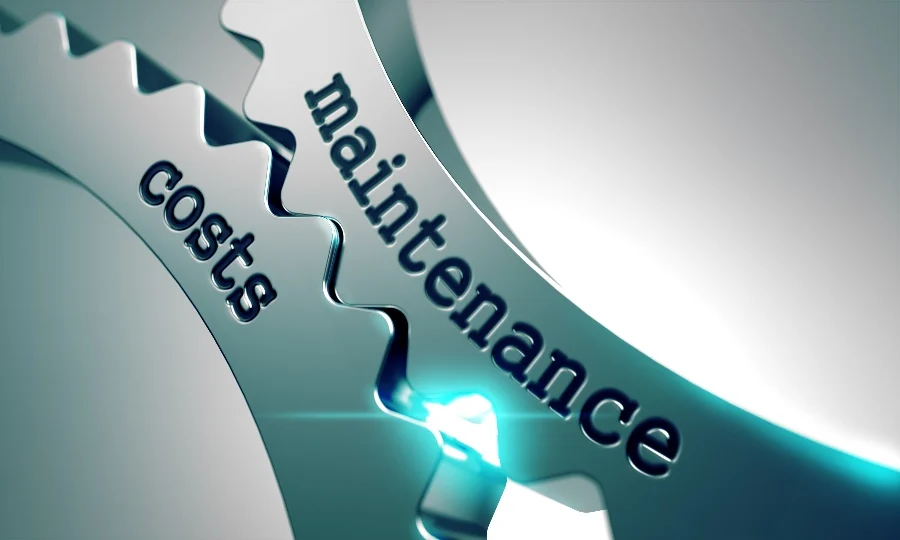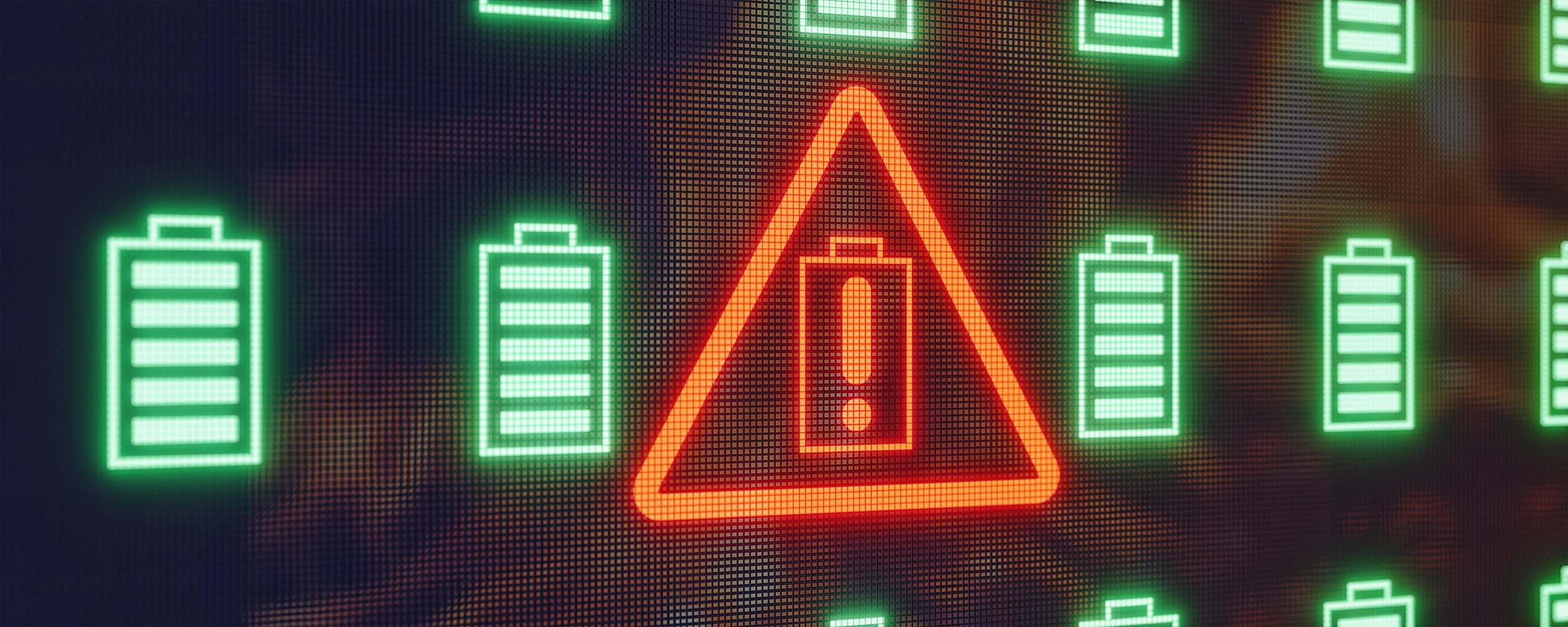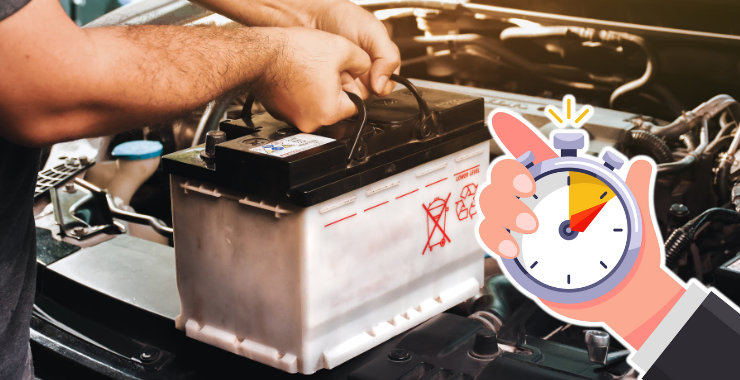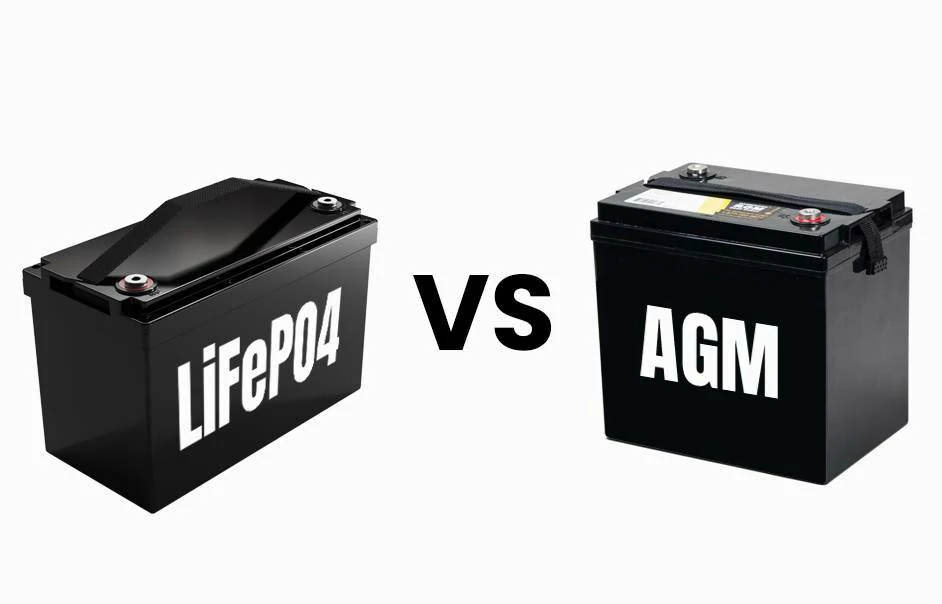Environmental friendliness comparison between LFP and AGM/EFB Batteries
main content
I. LFP Battery: A Model of Green Chemistry and Circular Economy
Lithium iron phosphate batteries (LFP) have overturned the pollution model of traditional lead-acid batteries in terms of environmental protection due to the inherent advantages of their material system. Its core cathode material, lithium iron phosphate (LiFePO₄), does not contain heavy metals such as lead, cadmium and cobalt, thus avoiding the risk of heavy metal pollution from the source. Take the chlorine leaching recovery process developed by the Korea Institute of Atomic Energy as an example. The recovery rate of lithium in LFP batteries can reach 99.8%, and only low-toxic by-products such as salt water (NaCl) are generated during the recovery process, significantly reducing the environmental burden.
1. Environmental protection genes at the material level
No heavy metal pollution: The olivine structure of LFP is stable, and no toxic elements such as lead and cadmium are used in the production process. Research shows that the main decomposition products of its electrolyte are CO₂ and H₂O, and the corrosion of lead plates in lead-acid batteries may release lead vapor.
Low-temperature discharge control: The production wastewater of LFP batteries mainly consists of acid-base neutralization. Through coagulation sedimentation and reverse osmosis technology, the discharge of pollutants such as total phosphorus and total iron can be achieved up to standard. The treatment cost is only one-third of that of lead-acid batteries.
2. Revolutionary breakthroughs in recycling technology
Closed-loop resource recycling: The EcoCathode technology of Altilium in the UK can convert retired LFP batteries into cathode materials for new batteries, with a lithium recovery rate of over 97%, a graphite recovery rate of 99%, and carbon emissions reduced by 35% compared to virgin materials.
Environmentally friendly process: Compared with the pyrometallurgical process of lead-acid batteries (which generates lead fumes and sulfur oxides), the waste liquid recovered by the LFP wet process has lower toxicity and can achieve zero discharge of wastewater through membrane separation technology.
Ii. AGM/EFB Batteries: The Ecological Cost and Governance Dilemma of Lead Pollution
AGM (adsorption-type glass fiber separator Battery) and EFB (enhanced liquid-rich Battery), as upgraded versions of lead-acid batteries, although they reduce the risk of acid leakage through liquid-poor design, their lead pollution nature remains unchanged. According to statistics, the global lead pollution caused by improper recycling of lead-acid batteries exceeds 17,000 tons each year, and the blood lead poisoning rate among children in areas with excessive soil lead content is as high as 15%.
1. Ecological hazards during the production and usage stages
Lead exposure risk: During the production process of lead-acid batteries, lead dust released from the casting of plates and the application of lead paste can cause workers' blood lead to exceed the standard. The lead content in the soil around some enterprises is more than ten times higher than the national standard.
Acid leakage threat: The rich liquid design of EFB batteries is prone to sulfuric acid leakage during collisions, with a pH value as low as 1.5, which can corrode the vehicle body metal and contaminate groundwater.
2. Technical and economic bottlenecks of the recycling system
Pyrometallurgical pollution: Traditional lead recycling relies on high-temperature smelting, emitting 3.5 kilograms of lead smoke and 8 kilograms of sulfur dioxide per ton of recycled lead. Moreover, the residual lead content in the slag is as high as 5% to 10%, which requires landfill treatment.
The chaos of illegal dismantling: Only 25% of retired lead-acid batteries in China are recycled through regular channels. A large number of batteries flow into "black workshops" for open-air dismantling, and the acid liquid is directly dumped, resulting in excessive heavy metals in regional soil.
Iii. Comparison of Environmental Costs throughout the Entire Life Cycle
1.Heavy metal toxicity
LFP batteries: They are completely free of heavy metals such as lead and cadmium, and meet the environmental protection requirements of the EU RoHS directive.
AGM/EFB batteries: With lead content as high as 30% to 40%, they should be disposed of in accordance with hazardous waste standards. Improper handling can easily cause heavy metal pollution.
2. Production wastewater treatment cost
LFP battery: Utilizing coagulation sedimentation and reverse osmosis technology, the processing cost is only 0.5 yuan per ton.
AGM/EFB batteries: They require neutralization treatment and heavy metal precipitation processes, with a processing cost of 2.8 yuan per ton, which is 5.6 times that of LFP.
3. Carbon emission intensity
LFP battery: The carbon emission intensity under the wet recycling process is 0.8kg CO₂/kWh.
AGM/EFB batteries: The carbon emission intensity of the pyrometallurgical recycling process reaches 1.5kg CO₂/kWh, which is nearly twice as high as that of LFP.
4. Circular economy value
LFP batteries: The closed-loop recycling rate of materials exceeds 95%, and key resources such as lithium and graphite can all be efficiently recycled.
AGM/EFB batteries: The lead recycling rate is only 85% to 90%, and the recycling rate of plastic casings is less than 40%, resulting in serious waste of resources.
Iv. Industrial Transformation Driven by Policy and Technological Iteration
The tightening of global environmental protection regulations has accelerated the phase-out of lead-acid batteries. The EU's Battery and Waste Battery Act requires lead-acid battery manufacturers to assume full life-cycle recycling responsibility. China's Action Plan for the Recycling and Utilization System of Power Batteries clearly states that the standardized recycling rate of lead-acid batteries should be increased to 70% by 2025. Meanwhile, LFP batteries further reduce production energy consumption by 20% through nano-sized cathode and solid electrolyte technologies (such as CATL's M3P), and drive a 40% reduction in the carbon footprint throughout the entire life cycle.
Conclusion
LFP batteries, with breakthroughs in material safety and recycling technology, are reshaping the environmental protection paradigm of the battery industry. However, due to the inherent defect of lead pollution, the market space of AGM/EFB will continue to shrink as policy regulation becomes stricter and the cost of LFP decreases (it is expected that the cost of LFP will drop to 0.5 yuan /Wh by 2025). In the future, LFP technology, characterized by "no heavy metals + high regeneration rate", will become the core solution for energy storage under the global carbon neutrality goal.
RELATED BLOG

START-STOP LITHIUM battery
Enov start-stop battery is designed to provide excellent performance for high-demand start-stop vaehicles. It adopts the third-generation intelligent lithium platform architecture to achieve technological breakthroughs in core indicators such as cycle life, environmental adaptability and energy density. Compared with the traditional lead-acid battery system, the energy efficiency is increased by 210%, the cycle life is extended by 8-10 times, and the monthly self-discharge rate is controlled within 3%. Enov's unique low-temperature battery technology makes a breakthrough in achieving stable output in the whole climate domain from -30℃ to 65℃, maintaining more than 90% of the effective capacity release under extremely cold conditions (-30℃), and maintaining 90% of the capacity in high temperature environments (65℃).
The start-stop battery series products cover the mainstream voltage platform of 12V/24V/48V, and support flexible configuration of LFP (lithium iron phosphate) and NCM (lithium nickel cobalt manganese oxide) dual-material system. All models adopt modular design to support customization of different model specifications. Enuo engineering and technical team to provide full cycle technical service support, if you need, please contact us.
Other products
UAV BATTERY
LITHIUM ENERGY STORAGE BATTERY
QUICK INQUIRY
FAQ
Access to high frequency technical questions with one click, get accurate answers on product application, after-sales policy and customization process.
Service and Support
Get the latest product specifications, explore professional OEM/ODM customization services, click to open exclusive technical support and production solutions.
Become a Partner
We sincerely invite resources to interconnect, work together for win-win development, and immediately open a new chapter of strategic cooperation!
